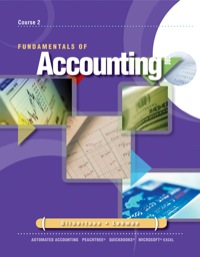Question
Daisy Tree Partnership owns and operates two apartment complexes in the metropolitan area. The first complex was contributed to the partnership by partner L. The
Daisy Tree Partnership owns and operates two apartment complexes in the metropolitan area. The first complex was contributed to the partnership by partner L. The other two partners (M and N) contributed cash which, together with borrowed funds, was used to purchase the second complex. The three partners share partnership income, loss, gain and deduction equally. The tax basis and book value of the partnerships assets at the end of the current year are as follows: Tax Book Cash and equivalents Tax $60,000.00 Book $60,000.00 Receivables Tax $- Book $45,000.00 Apartment Complex 1 Tax $600,000.00 Book $1,500,000.00 Accumulated depreciation, complex 1 Tax $(120,000.00) Book $(300,000.00) Apartment Complex 2 Tax $2,475,000.00 Book $2,475,000.00 Accumulated depreciation, complex 2 Tax $(180,000.00) Book $(180,000.00) Land and other assets Tax $200,000.00 Book $200,000.00 Total assets Tax $2,035,000.00 Book $4,070,000.00 B. Does the curative allocation of depreciation on complex 2 from L to M and N completely cure the discrepancy caused by the ceiling rule with respect to the allocation of depreciation on complex 1? C. How can the partnership eliminate the remaining discrepancy?
Step by Step Solution
There are 3 Steps involved in it
Step: 1

Get Instant Access to Expert-Tailored Solutions
See step-by-step solutions with expert insights and AI powered tools for academic success
Step: 2

Step: 3

Ace Your Homework with AI
Get the answers you need in no time with our AI-driven, step-by-step assistance
Get Started


